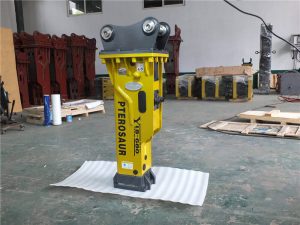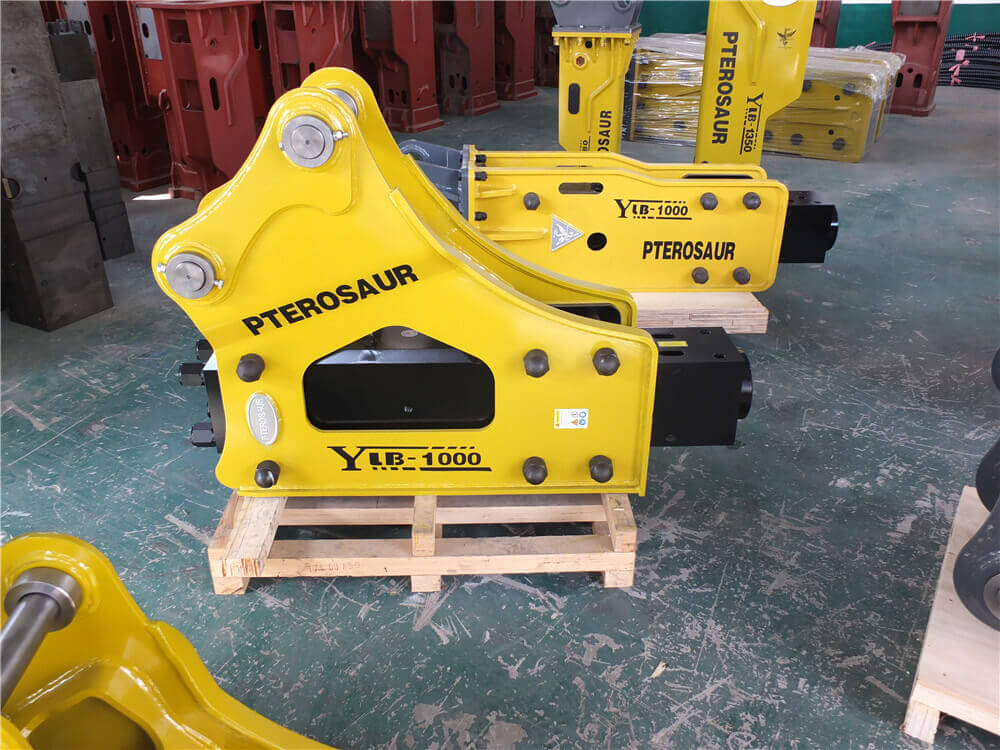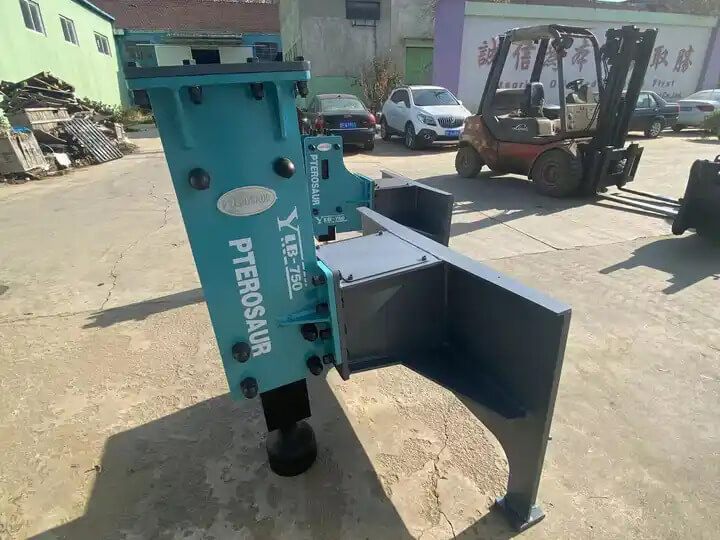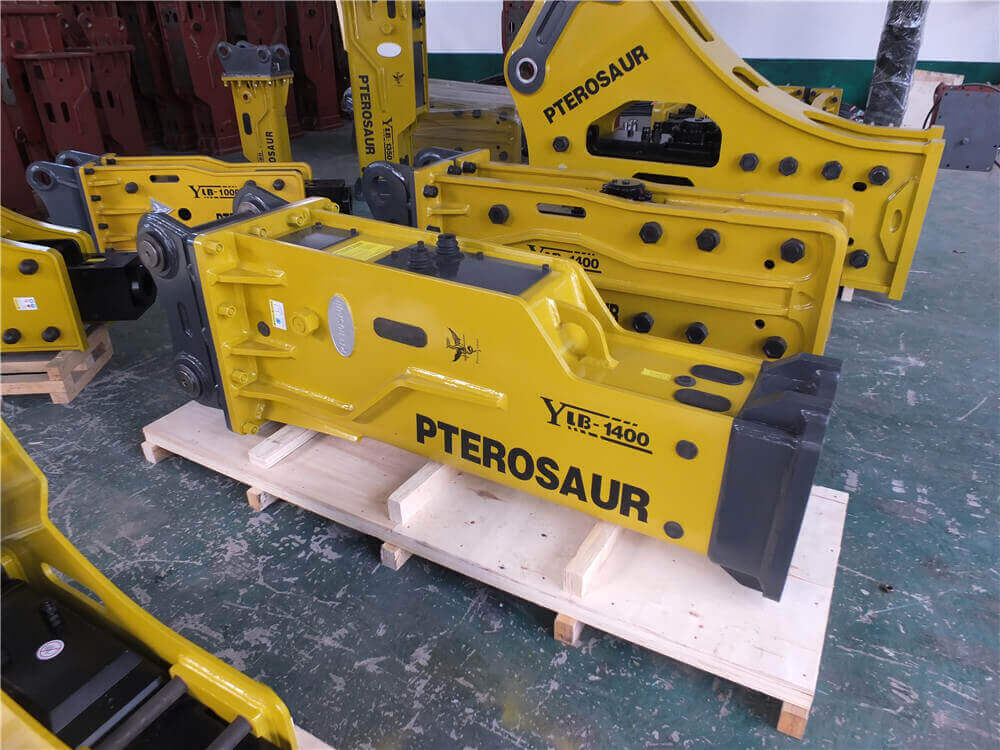Understanding the Parts of a Hydraulic Jack Hammer
Hydraulic jack hammers, often referred to as hydraulic breakers or demolition hammers, are powerful tools used in construction and demolition activities. They are designed to break rock, concrete, and other hard materials with ease. To fully appreciate their functionality and efficiency, it’s essential to understand the key components that make up a hydraulic jack hammer, how they work, and their applications.
Key Components of a Hydraulic Jack Hammer
-
Piston: The piston is a vital part of the hydraulic jack hammer that transfers energy from the hydraulic system to the tool bit. It plays a crucial role in the hammer’s operation by generating the force needed to impact the surface.
-
Tool Bit: The tool bit is the part that directly contacts the material being broken. It comes in various shapes, such as chisel, blunt, or moil, each designed for specific types of work. The choice of tool bit affects the efficiency and effectiveness of the hammer.
-
Accumulator: This component maintains hydraulic pressure within the system, ensuring consistent operation. The accumulator acts as a buffer for hydraulic fluid, allowing the hammer to deliver powerful impacts without fluctuations in pressure.
-
Housing: The housing encases the hammer’s internal components, protecting them from damage and environmental factors. It is designed to withstand the stresses of operation while maintaining the integrity of the hydraulic system.
How Does a Hydraulic Jack Hammer Work?
The hydraulic jack hammer operates through a series of interconnected parts. The hydraulic pump generates fluid pressure, which is directed to the piston. As the piston moves, it drives the tool bit into the material being worked on. The hydraulic fluid not only powers the piston but also provides lubrication to the moving parts of the hammer, reducing wear and tear and enhancing the tool’s longevity.
Uses and Applications
Hydraulic jack hammers are widely used in various industries, including construction, mining, and demolition. They are ideal for breaking concrete, asphalt, and rock. Their efficiency makes them a preferred choice for tasks that require heavy-duty impact without excessive manual labor.
In addition to their primary function, hydraulic hammers are also versatile enough to be used in tight spaces, making them suitable for both large-scale projects and smaller, confined areas.
Conclusion
Understanding the parts and functionality of a hydraulic jack hammer is crucial for anyone involved in construction and demolition work. The collaboration of its key components—piston, tool bit, accumulator, and housing—ensures that the hydraulic hammer delivers powerful and efficient performance. With the right knowledge and proper usage, hydraulic jack hammers can significantly enhance productivity on job sites, making them indispensable tools in the modern construction industry.
For those looking to invest in or maintain hydraulic jack hammers, being familiar with these components is essential for ensuring optimal operation and longevity of the equipment.




































